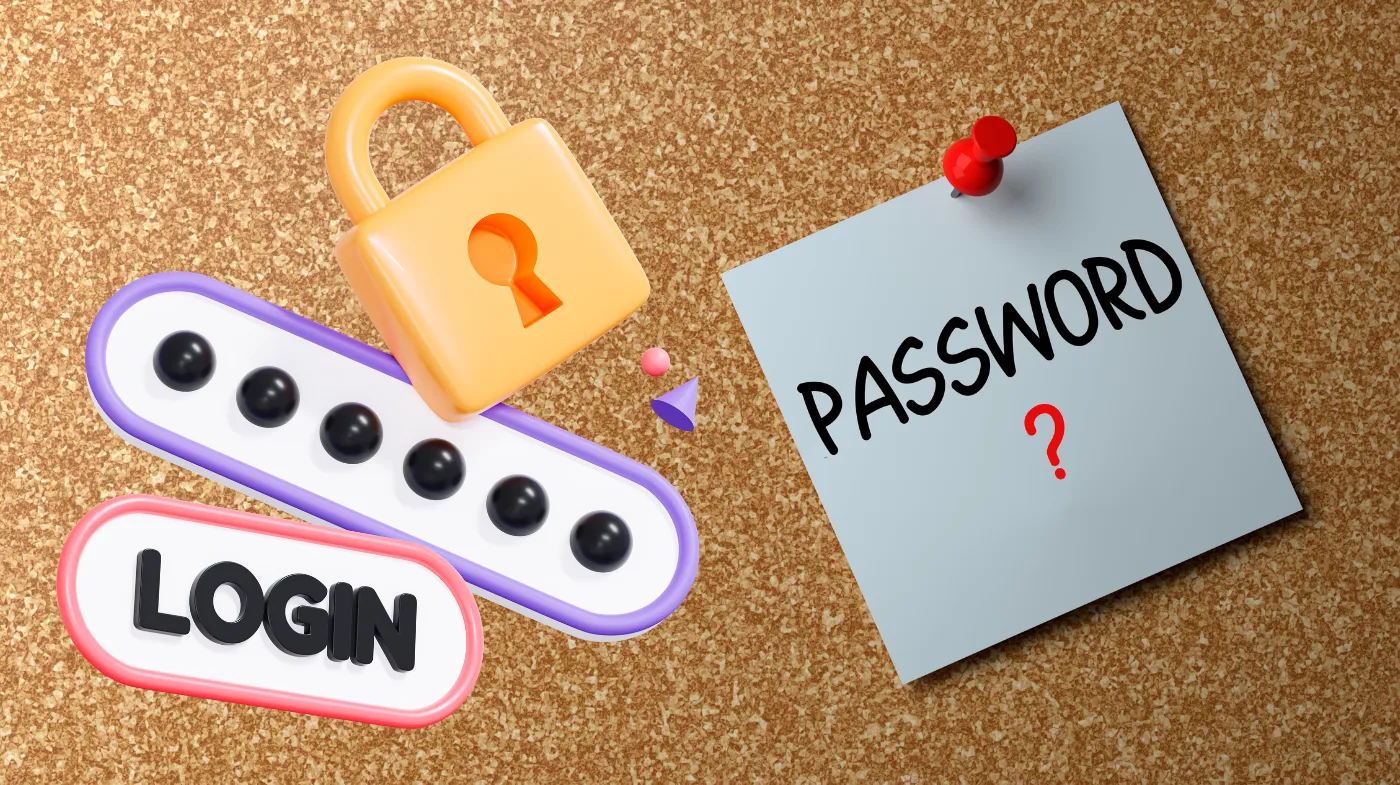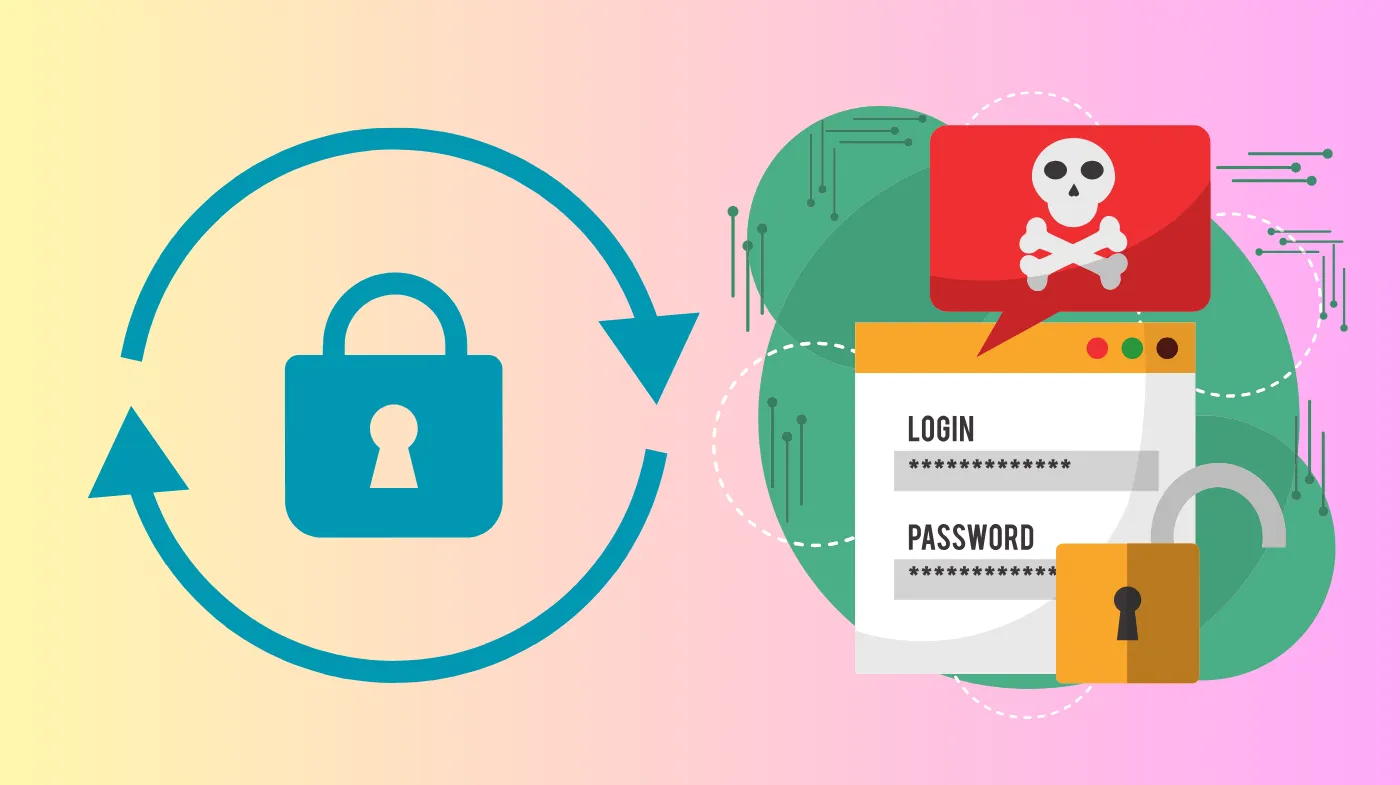
Password reuse remains one of the most common and dangerous, cybersecurity mistakes. Whether due to convenience or poor password habits, using the same credentials across multiple accounts increases the risk of data breaches, identity theft, and unauthorized access.
To effectively mitigate these threats, organizations and individuals must adopt proactive strategies that prioritize password uniqueness and security. This includes using longer, more complex passphrases, enforcing strict password policies, and leveraging tools.
Multi-factor authentication (MFA) and Single Sign-On (SSO) further enhance protection by adding extra layers of verification. By following the Best Practices for using password managers and consulting a guide to generating and managing secure passwords, you can strengthen your defenses.
Effective Strategies to Prevent Password Reuse Effectively
To effectively prevent password reuse, you should implement several key strategies. Start by:
1. Using Longer & More Complex Passwords
While many people underestimate the power of longer and more complex passwords, adopting this strategy can greatly reduce the risk of password reuse. Aiming for a minimum of 15 characters can considerably enhance security.
Studies show that this length deters over 99% of users from recycling old passwords. You can create memorable passphrases like “Sunset-Over-The-Pacific!2025” that are tough to crack yet easy to recall.
Alternatively, consider using a secure password generator to produce complex, random passwords that are difficult to guess or reuse. By implementing these techniques, you protect your accounts against unauthorized access and develop a proactive approach to password management.
2. Enforcing a Password Policy
Implementing a robust password policy is essential for organizations aiming to prevent password reuse and enhance overall security. You should consider utilizing built-in security measures or third-party applications to monitor password usage.
These tools can prohibit reuse and prompt users to create unique credentials. Establish clear guidelines for generating and managing secure passwords, ensuring users understand the need for uniqueness and security.
This approach not only fosters consistency in password hygiene but also helps users develop safer habits over time. Regularly reviewing and updating your password policy will keep it relevant and effective against emerging threats.
3. Using a Reliable Password Manager
Using a reliable password manager greatly enhances your security by eliminating the temptation to reuse passwords across different accounts. This essential tool not only stores your passwords securely but also auto-generates strong passwords, ensuring each one is unique.
By automatically entering passwords, it simplifies your online experience while keeping your accounts protected. To maximize the effectiveness of a password manager, enable biometric access and create a strong master password you can remember.
Regularly audit your stored credentials to identify any potential vulnerabilities. By consistently following these best practices, you’ll avoid the pitfalls of password reuse and markedly strengthen your overall cybersecurity posture.
4. Enabling Multi-Factor Authentication (MFA)
Password managers are a great step toward securing your accounts, but they aren’t foolproof on their own. To enhance your security, enable Multi-Factor Authentication (MFA). This adds an essential layer of protection; even if a reused password is compromised, MFA acts as a secondary barrier.
By incorporating methods like biometric scans or one-time passcodes, you make unauthorized access extremely difficult. MFA not only reduces the risk of password reuse but also strengthens your overall security posture. Make it a priority to activate MFA wherever possible.
The extra effort is minimal compared to the protection it provides. In today’s digital landscape, safeguarding your accounts with MFA is one of the best proactive measures you can take against password-related threats.
5. Using Single Sign-On (SSO)
When you streamline your login process with Single Sign-On (SSO), you not only enhance convenience but also greatly reduce the risk of password reuse.
By allowing you to access multiple applications with a single set of credentials, SSO minimizes the number of passwords you need to remember. This natural reduction in password volume limits your temptation to reuse those passwords across various sites.
To further bolster your security, consider combining SSO with a password manager and Multi-Factor Authentication (MFA). This combination not only simplifies your access but also fortifies your protection against potential breaches. Embracing SSO is a strategic move that fosters both efficiency and security in your digital life.
Why is password reuse dangerous?

Reusing a password across multiple accounts greatly increases your vulnerability to cyber threats. If one of your reused passwords gets compromised, attackers can easily access all your accounts that share the same password.
This can lead to considerable damage, such as identity theft, financial loss, and unauthorized transactions. Once they gain access, they can exploit sensitive information or use your identity for malicious purposes.
Additionally, the repercussions extend beyond personal loss; they can affect your reputation and relationships. To mitigate these risks, implement unique passwords for each account.
What is the safest way to protect passwords?
How can you guarantee your passwords remain secure? The safest method is to utilize a password manager. This tool securely stores all your passwords, freeing you from the burden of memorizing them.
By doing so, you can create unique, strong passwords for each of your important accounts, reducing the risk of password reuse. A password manager not only helps you generate complex passwords but also fills them in automatically, enhancing your online security
Choose a reputable password manager that employs strong encryption methods. Additionally, enable two-factor authentication (2FA) wherever possible to add an extra layer of protection.
Are password managers safe to use?
Yes, they can be, especially when you opt for the most secure password manager that employs strong encryption, biometric access, and multi-factor authentication (MFA) integration. These features greatly enhance your security, ensuring that your passwords are stored safely and accessed only by you.
When selecting a password manager, do thorough research to confirm its reputation and security measures. Look for reviews and security audits from trusted sources. Remember, even the best password manager isn’t foolproof; your vigilance is essential.
How does SSO help reduce password reuse?
While managing numerous passwords can be overwhelming, Single Sign-On (SSO) greatly alleviates this burden by allowing you to access multiple applications with a single set of credentials.
By minimizing the number of passwords you need to remember, SSO considerably reduces the temptation to reuse passwords across different platforms. When you only have one password to manage, you’re less likely to resort to insecure practices, like using the same password for various accounts.
SSO also encourages stronger password policies since you can implement multifactor authentication without complicating your login experience. This streamlined approach enhances security & makes it easier for you to maintain good password hygiene.
Double Down on Security with Multi-Factor Authentication
To effectively prevent password reuse, you need to take proactive steps. Implementing a strong password policy, utilizing a password manager, and enabling multi-factor authentication is vital.
While some may believe that password managers are unsafe, the truth is they enhance security by generating and storing complex passwords.
Embracing single sign-on solutions further minimizes the number of passwords you need. By regularly reviewing your practices, you can stay ahead of threats and guarantee your accounts remain secure.
